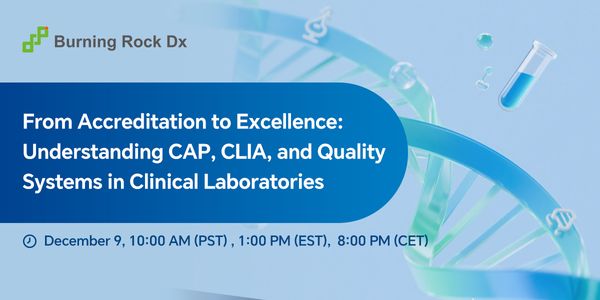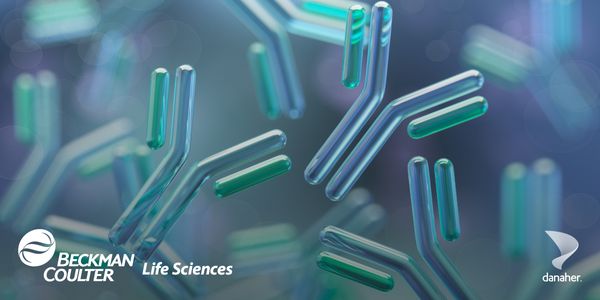Keynote Presentation: Function First Live Cell Screening in Microwells for Applications in Cell Line Development w/ Live Q&A
Next generation cell based assays require platforms that can perturb, select, and clonally expand rare cell sub-populations with desirable phenotypic traits for subsequent genomic, proteomic, and cell-based analyses. For example, the identification of rare drug-resistant cells in cancer biopsies and cell lines can be used to develop more effective drug combination therapies. Similarly, the identification of receptor sequences in rare immune cells that recognize specific antigens have applications in antibody and/or cell-based therapies. With current technology, it is challenging to identify rare cell types using flow cytometry and gating strategies based on single timepoint fluorescent measurements. More complex phenotypes, such as cell morphology, migration, growth rate, cell killing, and the secretions of antibodies, cytokines, growth factors, exosomes, and viral particles, are required for the next generation of cell-based assays. While droplet encapsulation, lab-on-a-particle, and image-based flow cytometers can serve a subset of these applications, they cannot perform many successive measurements on the same cells over time. Time lapse microscopy platforms are ideal for quantifying complex phenotypes, however existing imaging platforms have not yet reached the scale or level of automation needed to successfully retrieve and expand high priority clones that are as rare as one in a million. To address this need, we report on our fully automated live cell imaging platform that can monitor single cells distributed randomly in an array of conically shaped microwells (~3,000 imageable microwells in each well of a 96-well plate), retrieve the contents of any microwell after multiple days of time lapse imaging, and expand the isolated cells as monoclonal cell populations. These capabilities represent an order of magnitude leap for the enrichment and expansion of functionally important cell types that can be present in heterogeneous samples at frequencies as low as one in a million.
Learning Objectives:
1. Review the capabilities and limitations of cell line development technologies.
2. Review the utility of microwells in pooled arrayed live cell assays.
3. Evaluate cell memory and plasticity after many generations of cell division.






